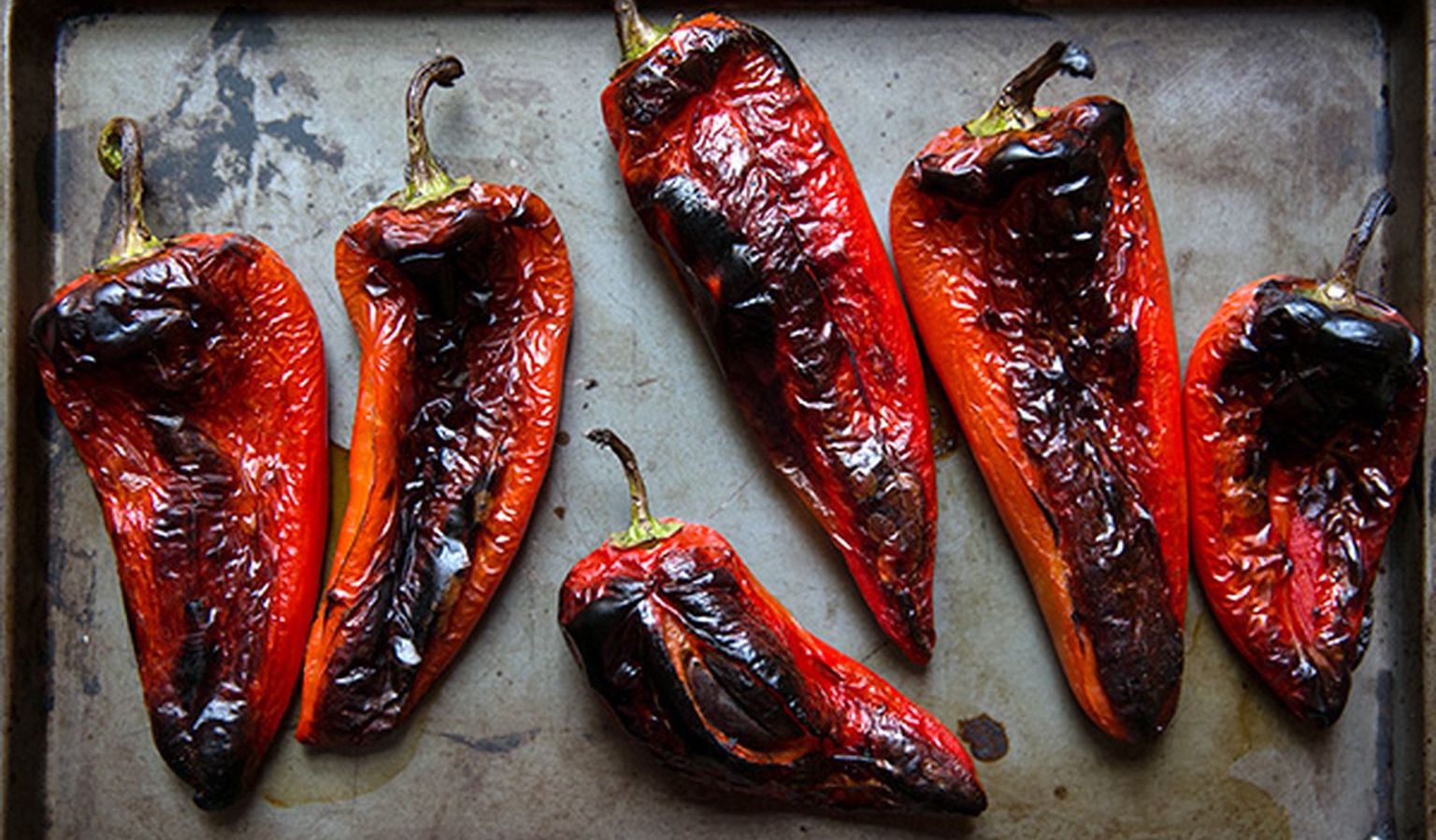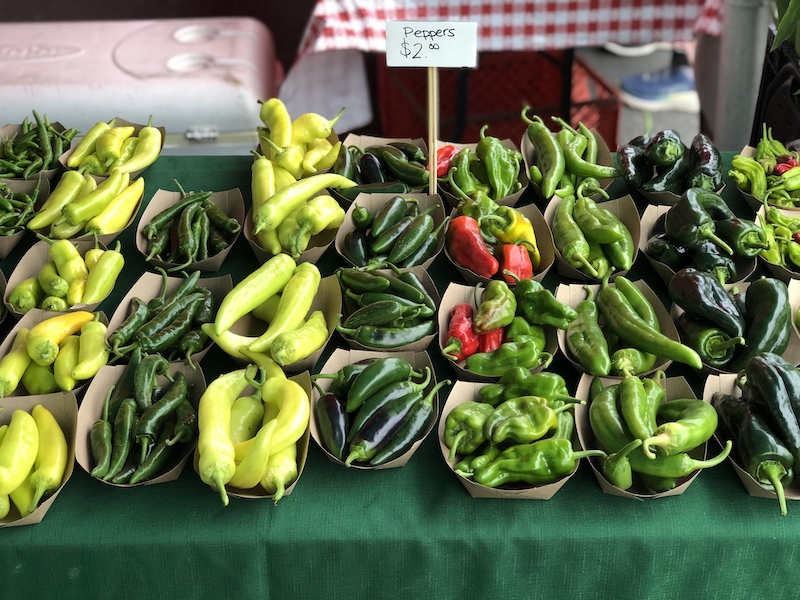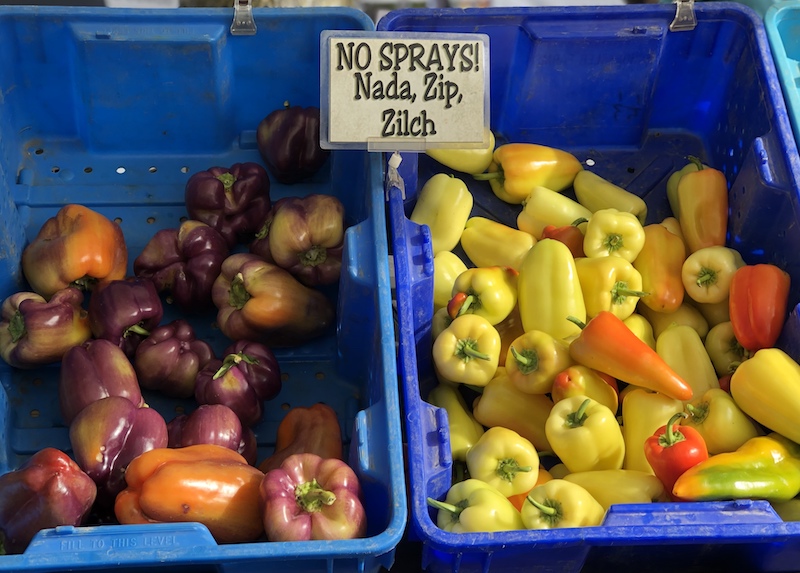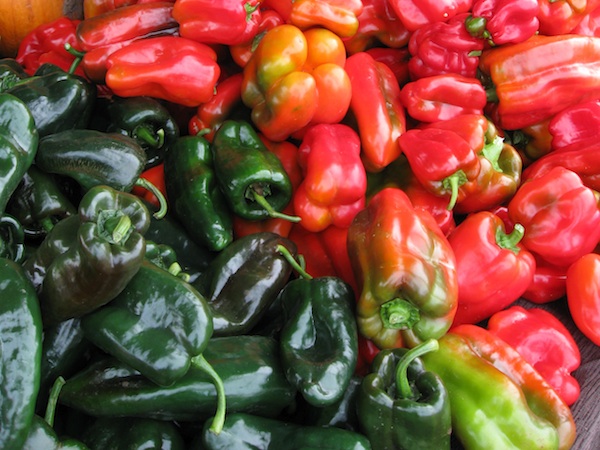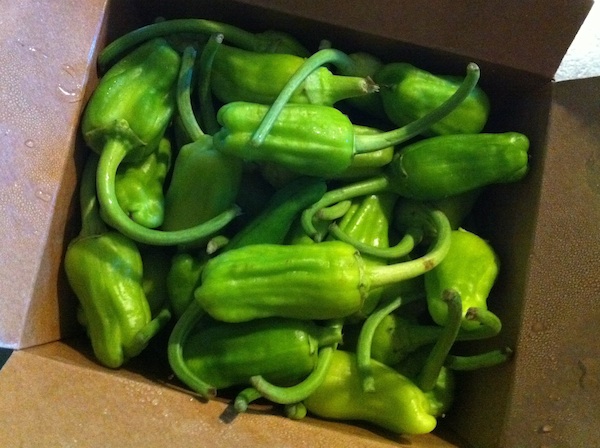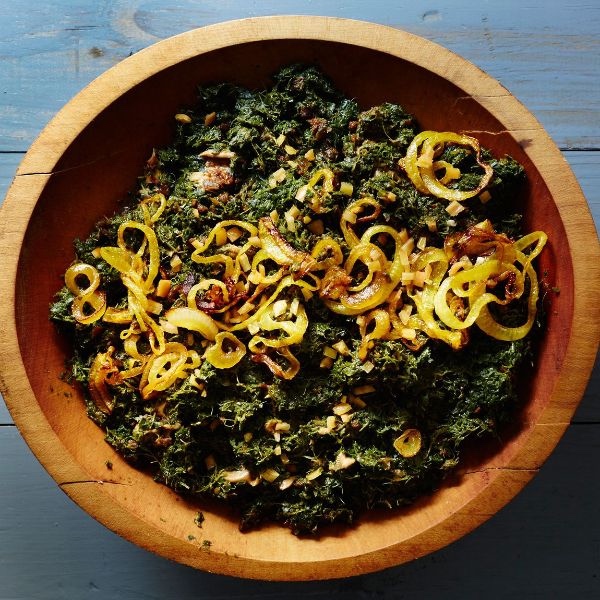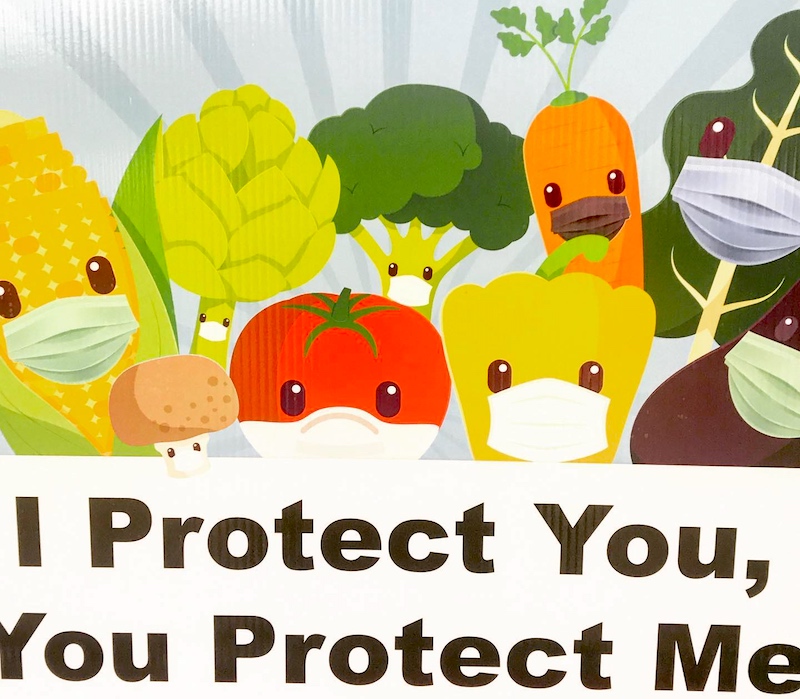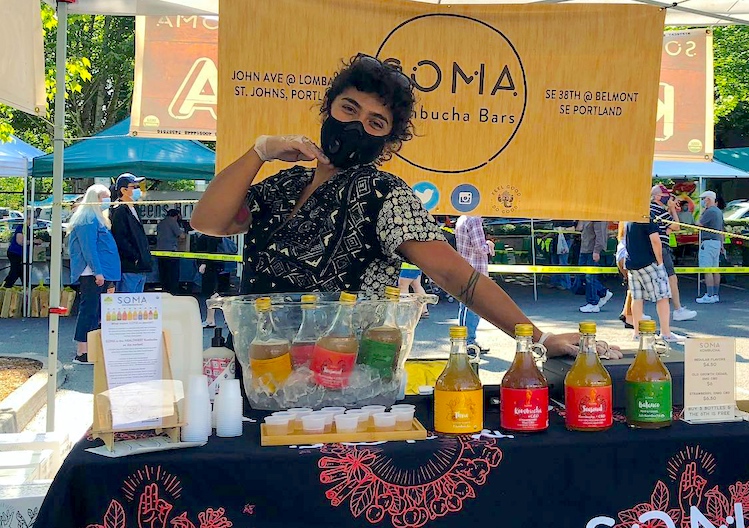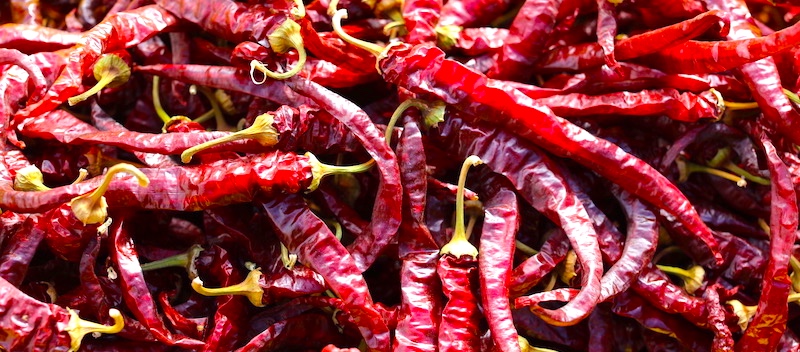
Celebrate National Hispanic Heritage Month with Locally Grown Chiles!
Right now our farmers' markets are flooded with a plethora of colorful chile pepper pods, and since September 15th through October 15th is National Hispanic Heritage Month, it's the perfect time to explore these beautiful and flavorful members of the capsicum family. Fortunately, Ginger Rapport of the Beaverton Farmers Market just sent out a primer in their current newsletter!
One of the ingredients that almost all Hispanic cuisines have in common is chile peppers.
Chile vs. Chili: According to Chef Mark Miller, author of the The Great Chile Book, the generally accepted convention is that "chile" refers to the plant or pod while "chili" refers to the dish made from meat and chiles. The name pepper is a misnomer that has existed since Christopher Columbus encountered capsicum plants and erroneously thought that he had found the plant that produces black pepper, which has no relation to capsicum. However, the name pepper is still used interchangeably with chile.
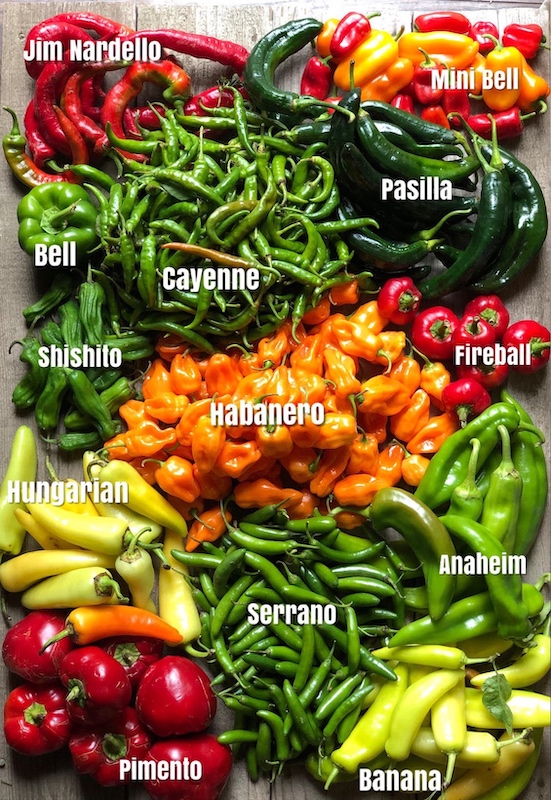 The chemical in chile peppers that gives them heat is capsaicin which is technically a neurotoxin. It stimulates the adrenal glands to release hormones, which theoretically creates an energy rush. The fiery sensation you feel also triggers the brain to produce endorphins, natural painkillers that promote a sense of well-being and stimulation. They can also make you sweat, which is your body’s natural air conditioner. This may explain why chiles figure prominently in cuisines in and around the tropics.
The chemical in chile peppers that gives them heat is capsaicin which is technically a neurotoxin. It stimulates the adrenal glands to release hormones, which theoretically creates an energy rush. The fiery sensation you feel also triggers the brain to produce endorphins, natural painkillers that promote a sense of well-being and stimulation. They can also make you sweat, which is your body’s natural air conditioner. This may explain why chiles figure prominently in cuisines in and around the tropics.
Depending upon whether you like them hot, mild, or somewhere in between, you will want to make informed decisions when purchasing chiles. The first thing that you should know is that the heat level in a chile is rated on a scale known as the "Scoville Heat Index." Invented by Wilbur Scoville, it ranks chiles in order from mildest to hottest in Scoville Heat Units (SHU), with zero being the mildest and the hottest being over a million. In general, the smaller the chile, the hotter it is. Below is a guide to the most common chiles found at farmers' markets. Scoville rankings* are included for each. Most of the heat is located in the seeds and white ribs inside. Removing the seeds and ribs, using only the flesh of the chile ,will give you all of the flavor and less of the heat.
Keep in mind that you should use gloves when handling the hottest peppers to avoid irritating your skin. It is important that you do not touch anything, especially your face—we know this from experience—before disposing of the gloves and washing your hands thoroughly.
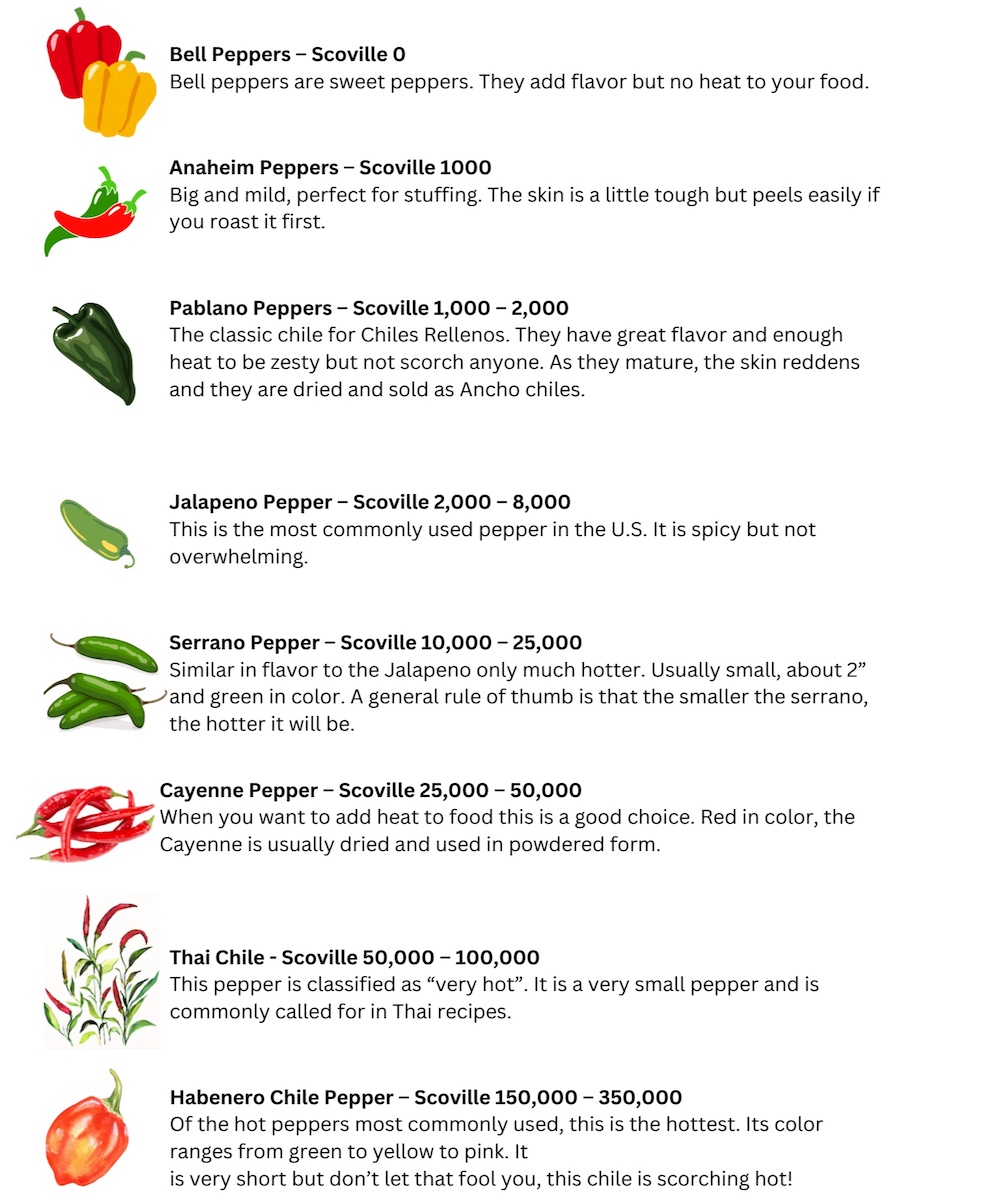 Other peppers you will find in the market:
Other peppers you will find in the market:
Padron Peppers: Scoville 500-2,500. Originally from Spain, they are harvested young and small, they typically have no seeds. This makes them mild, perfect for eating whole. Farmers tell us that about one in every 12 will be surprisingly hot and there is no way to know which one packs the extra punch, but take a nibble of the very tip to get an idea of how hot it is. Prepare by sautéing in olive oil until it is blistered and serve sprinkled with salt.
Shishito Peppers: Scoville 50-200. Popular in Japan, these are very similar to Padron peppers. Serve them sautéed with a drizzle of soy sauce and sesame oil. Very tasty in tempura.
Habanada: Scoville 0 (yes, zero). Bred by well-known organic plant breeder Michael Mazourek of Cornell University, these exceptional snacking peppers have all of the fruity and floral notes of the habanero without any spice (even the seeds are sweet and add to the flavor).
* Scoville rankings are often given in a range because varieties and growing conditions vary.
Photo of peppers from BFM newsletter, courtesy Shannon Feltus, Urban Farm Foods.





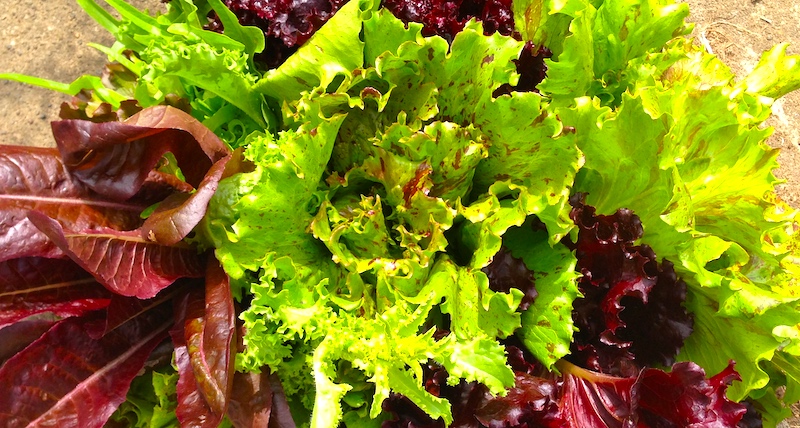


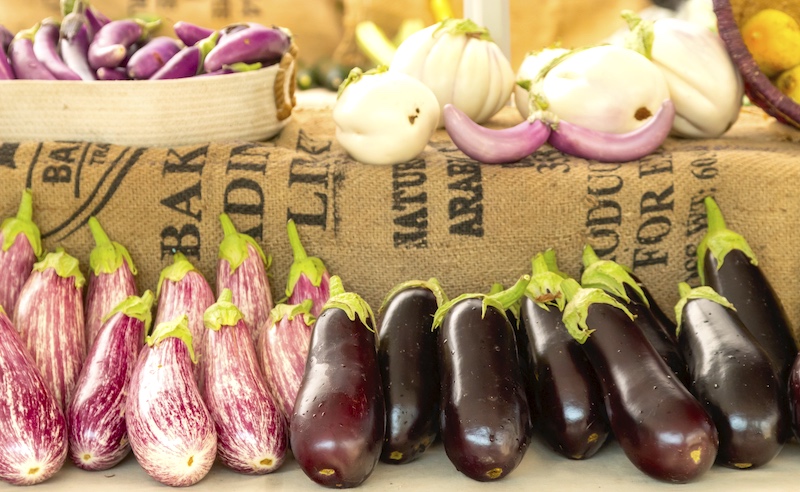
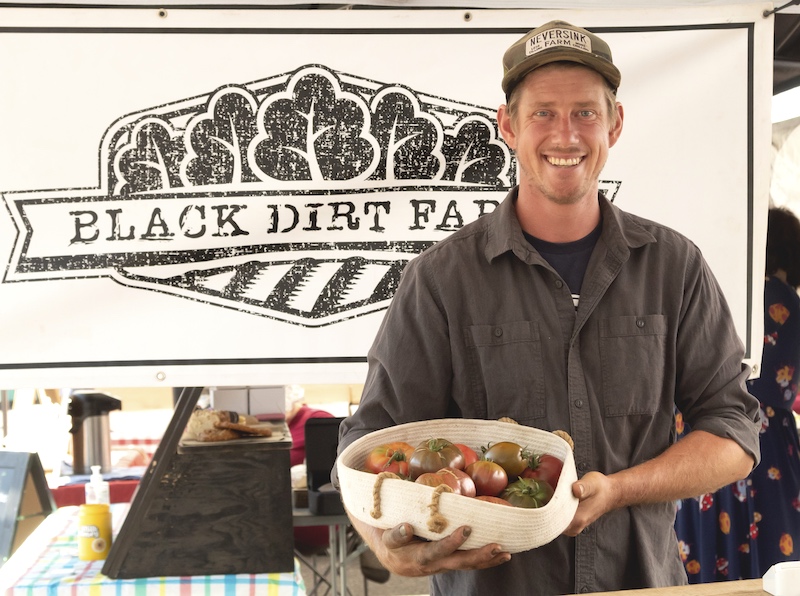
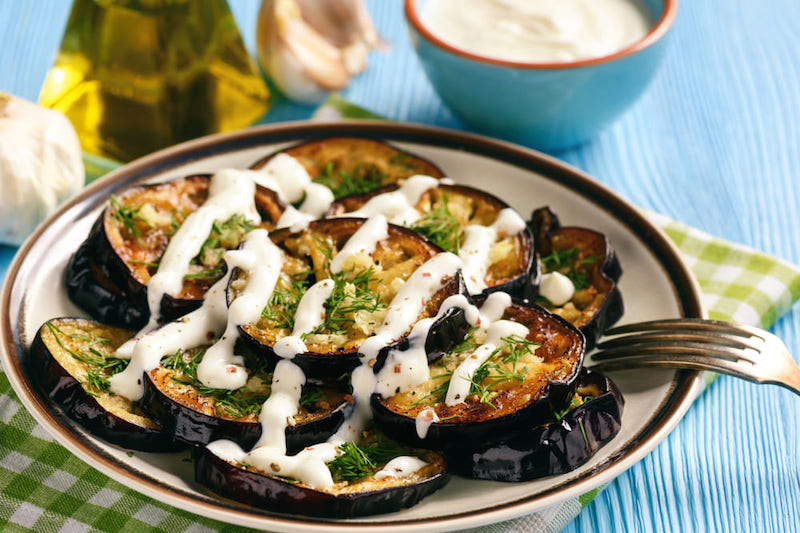
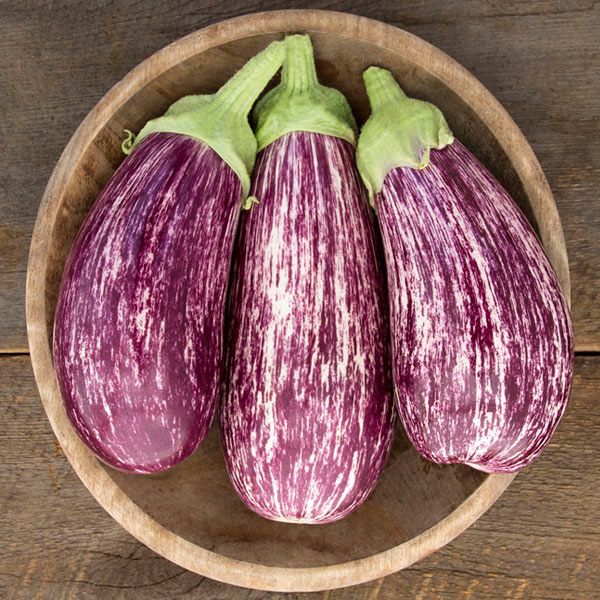
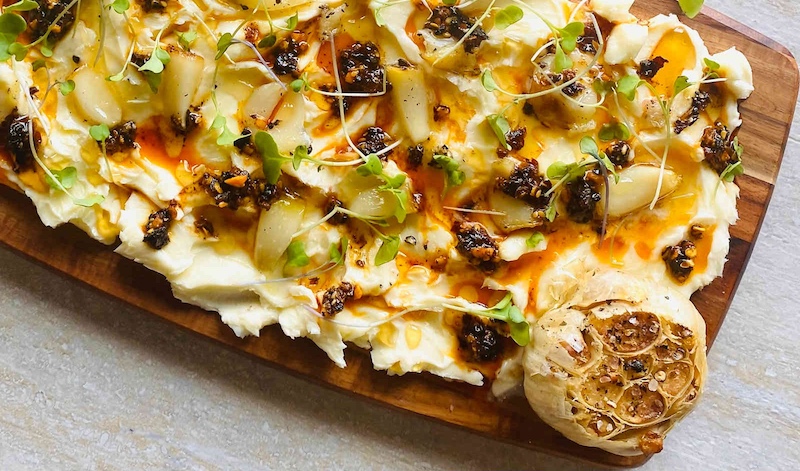
 There are many kinds of meals. There are those that simply feed you, those that feed your soul, and those that are so memorable that they rate right up there with the best experiences of your life. A meal at Joel Robuchon’s in Las Vegas MGM Grand Hotel is such an experience. Robuchon was named “Chef of the Century” by the Gault Millau in 1989 and had 32 Michelin stars, the most of any chef, at his time of death from pancreatic cancer in 2018.
There are many kinds of meals. There are those that simply feed you, those that feed your soul, and those that are so memorable that they rate right up there with the best experiences of your life. A meal at Joel Robuchon’s in Las Vegas MGM Grand Hotel is such an experience. Robuchon was named “Chef of the Century” by the Gault Millau in 1989 and had 32 Michelin stars, the most of any chef, at his time of death from pancreatic cancer in 2018. 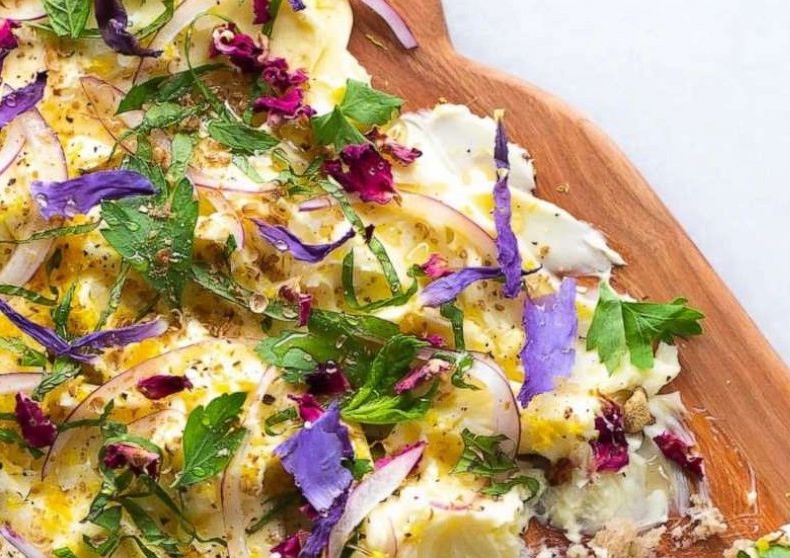 So it is with great enthusiasm that Ginger embraces the hot new trend shepherded to fame by TikTok creator Justine Doiron: The Butter Board. Most of you are familiar with charcuterie boards—tasty combinations of meats and cheeses, along with complementary accompaniments such as fruits and nuts that make for great snacking and conversation when served among friends and family. Well, a Butter Board is a similar concept, only the main attraction is the excellent quality butter that has been creatively enhanced and surrounded by pieces of bread and crackers.
So it is with great enthusiasm that Ginger embraces the hot new trend shepherded to fame by TikTok creator Justine Doiron: The Butter Board. Most of you are familiar with charcuterie boards—tasty combinations of meats and cheeses, along with complementary accompaniments such as fruits and nuts that make for great snacking and conversation when served among friends and family. Well, a Butter Board is a similar concept, only the main attraction is the excellent quality butter that has been creatively enhanced and surrounded by pieces of bread and crackers.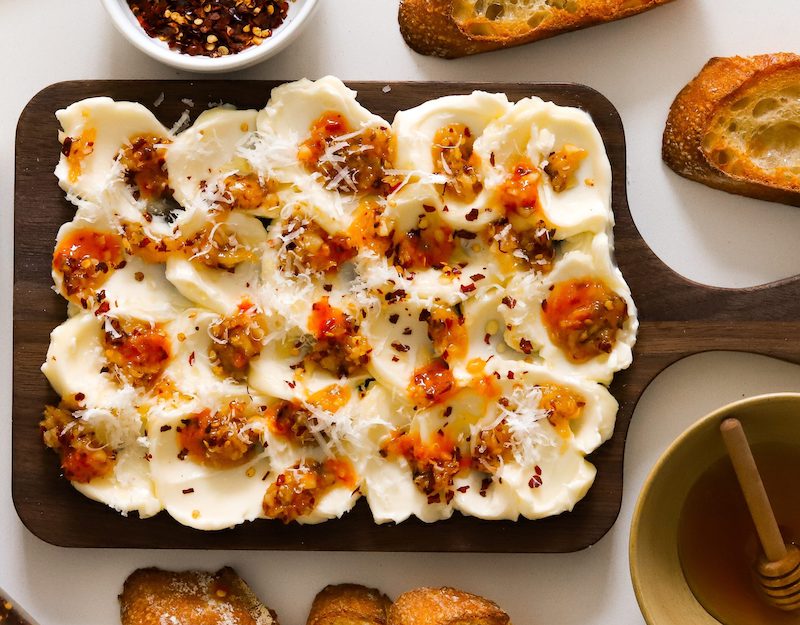 The thing that is so wonderful about this idea is that it is relatively simple to prepare, and you can get as creative as you want with the combinations of ingredients. First, you start with fabulous butter. Do not skimp here! Here at the Beaverton Farmers Market, we are lucky to have the gorgeous butter made by our friends at
The thing that is so wonderful about this idea is that it is relatively simple to prepare, and you can get as creative as you want with the combinations of ingredients. First, you start with fabulous butter. Do not skimp here! Here at the Beaverton Farmers Market, we are lucky to have the gorgeous butter made by our friends at 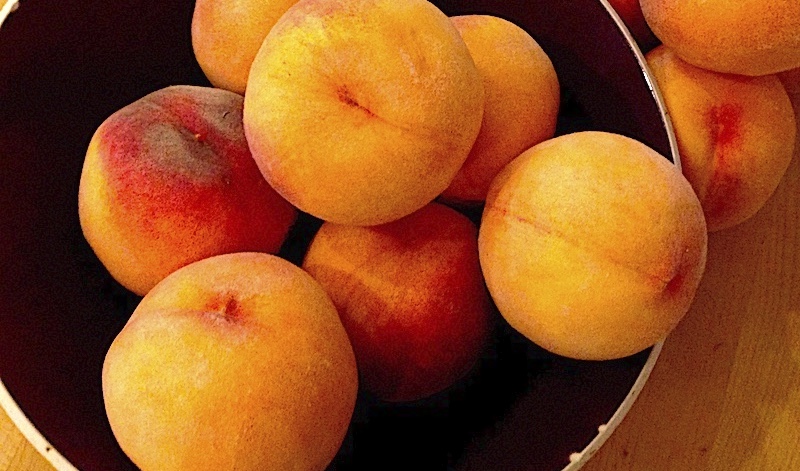
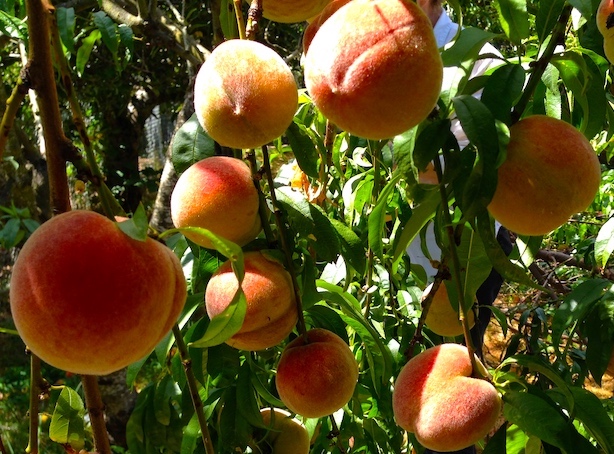 Among its many attributes, a medium peach is a mere 37 calories and is high in vitamins A, B, and C. Because a fully ripe peach is delicate and easily bruised, you will often find them sold just “under-ripe.” To fully ripen your fruit, place them on the counter in a brown paper sack, folded closed, for two or three days. (Do not try this in a plastic bag. As the fruit respires, it gives off moisture which will collect on the plastic bag and cause the fruit to rot.) The ripe fruit will be soft and fragrant. Refrigerate them at this point.
Among its many attributes, a medium peach is a mere 37 calories and is high in vitamins A, B, and C. Because a fully ripe peach is delicate and easily bruised, you will often find them sold just “under-ripe.” To fully ripen your fruit, place them on the counter in a brown paper sack, folded closed, for two or three days. (Do not try this in a plastic bag. As the fruit respires, it gives off moisture which will collect on the plastic bag and cause the fruit to rot.) The ripe fruit will be soft and fragrant. Refrigerate them at this point. 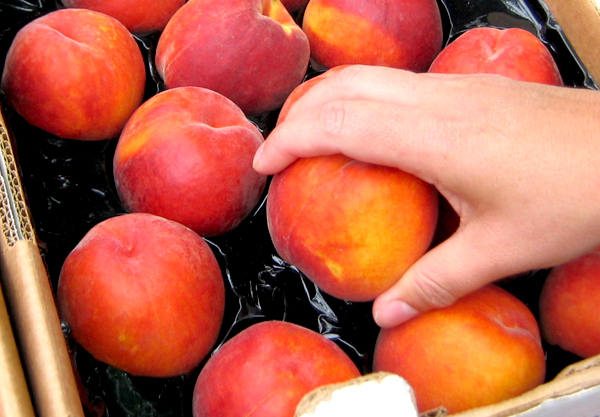 Like the plum and the apricot, peaches are members of the rose family (Rosaceae), distinguished by their velvety skin. If the peach fuzz bothers you, try rubbing the fruit with a terry handtowel after washing, it will diminish the feel of the fuzz on your mouth. Of course, you could also choose to purchase nectarines instead if the fuzzy skin bothers you.
Like the plum and the apricot, peaches are members of the rose family (Rosaceae), distinguished by their velvety skin. If the peach fuzz bothers you, try rubbing the fruit with a terry handtowel after washing, it will diminish the feel of the fuzz on your mouth. Of course, you could also choose to purchase nectarines instead if the fuzzy skin bothers you. 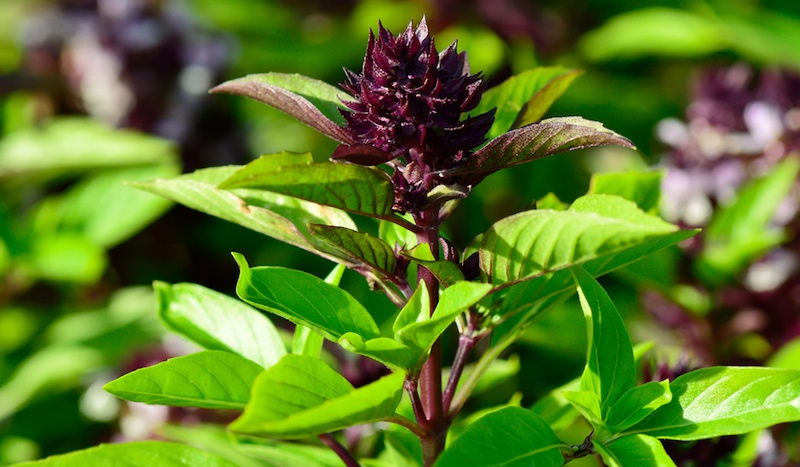
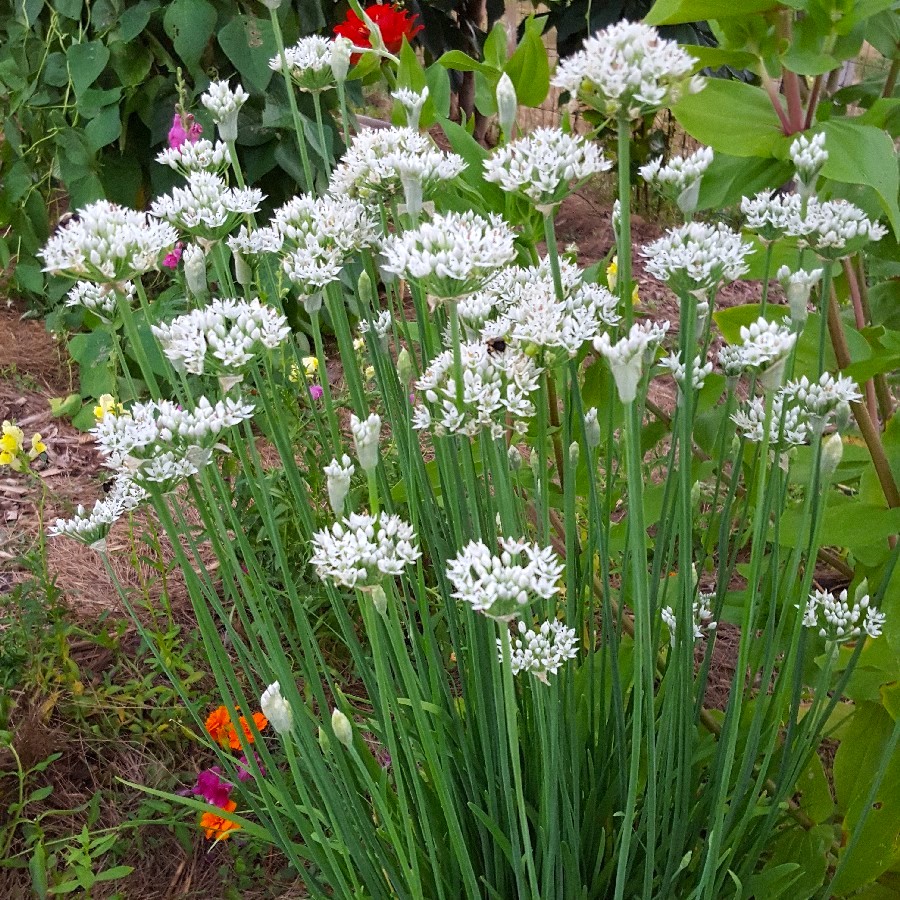
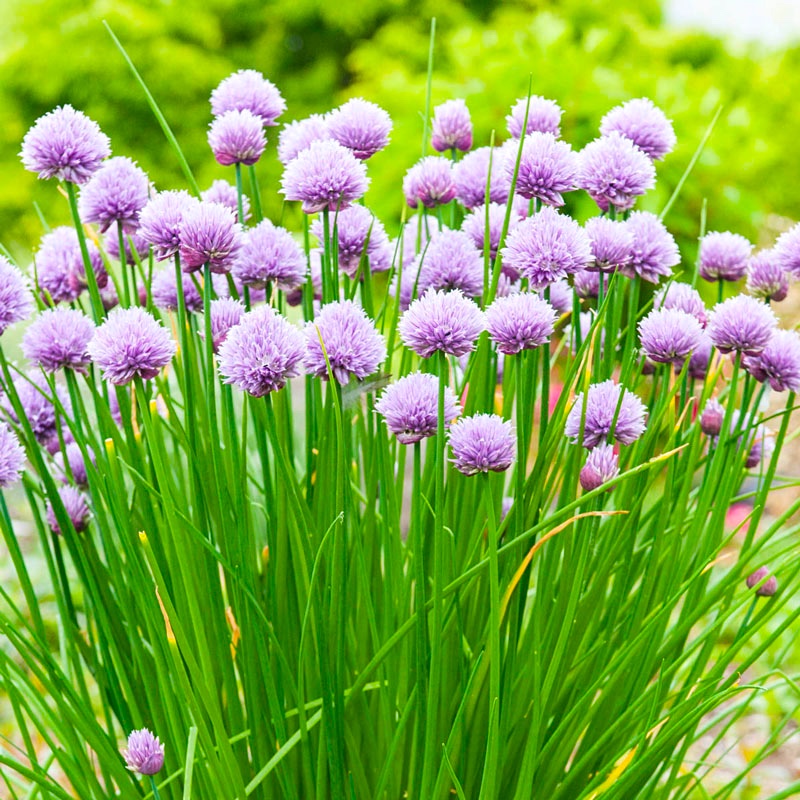
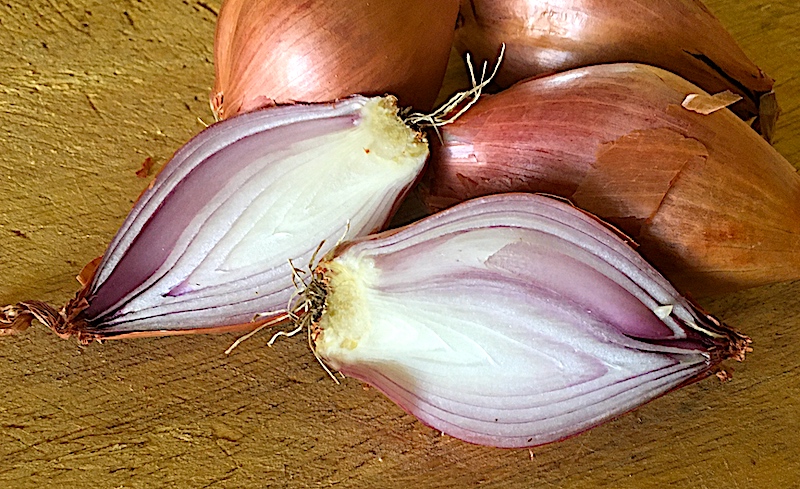
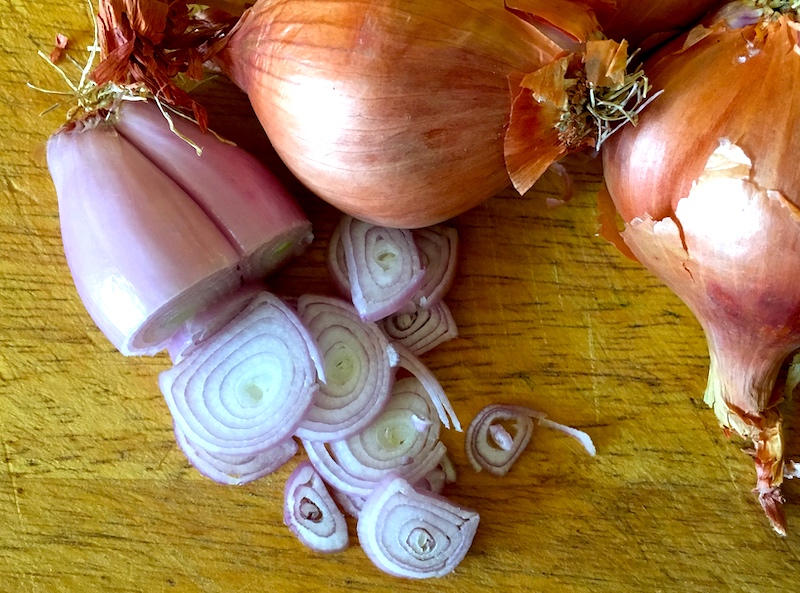 Shallots have a delicate, sweet flavor without the intense heat of an onion. They are preferable over onions in raw applications such as salad dressings and vinaigrettes. Finely diced, they provide a subtle bite to pan sauces and are delicious roasted whole, or pickled as a garnish. Shallots are ubiquitous in Vietnamese cooking, especially pho, where they are combined with ginger to give pho its unique taste and fragrance.
Shallots have a delicate, sweet flavor without the intense heat of an onion. They are preferable over onions in raw applications such as salad dressings and vinaigrettes. Finely diced, they provide a subtle bite to pan sauces and are delicious roasted whole, or pickled as a garnish. Shallots are ubiquitous in Vietnamese cooking, especially pho, where they are combined with ginger to give pho its unique taste and fragrance.  Frying shallots turns them into crispy, flavor-packed clusters that are good on almost anything. (This is not an exaggeration.) Beaverton Farmers Market Master Ginger Rapport keeps a container of them in her refrigerator at all times. Their caramelized flavor and crunchy texture adds sparkle to salads, potatoes, roasted or steamed vegetables, grain bowls, omelets, steaks, deviled eggs and avocado toast. Chopped, they can be added to dips or combined with mayonnaise as a sandwich spread. Bring cottage cheese to life with a sprinkling of fried shallots on top.
Frying shallots turns them into crispy, flavor-packed clusters that are good on almost anything. (This is not an exaggeration.) Beaverton Farmers Market Master Ginger Rapport keeps a container of them in her refrigerator at all times. Their caramelized flavor and crunchy texture adds sparkle to salads, potatoes, roasted or steamed vegetables, grain bowls, omelets, steaks, deviled eggs and avocado toast. Chopped, they can be added to dips or combined with mayonnaise as a sandwich spread. Bring cottage cheese to life with a sprinkling of fried shallots on top. 